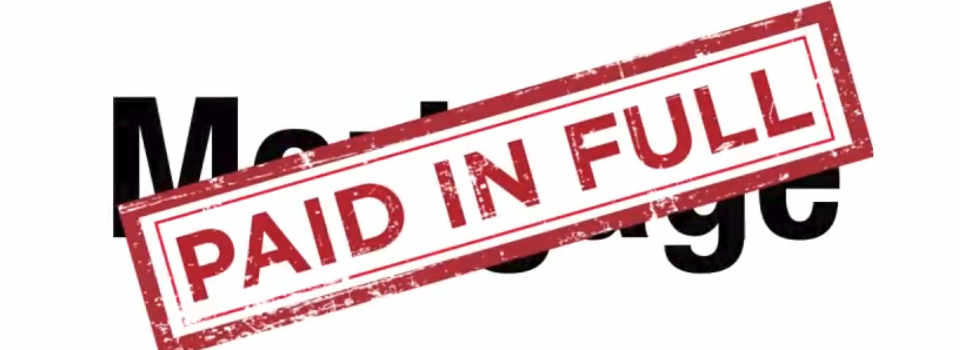The mortgage industry is a fluid and ever-changing industry. What was applicable one day seems to no longer apply to the next, and at times, it can be confusing to navigate through what all of these changes mean–and how they impact you directly. As Mortgage Brokers, we firmly believe that although the industry has gone through many changes over the years, each time our clients are able to overcome them by practicing the same sound advice–which we will reveal at the end! But first, a walkthrough of the mortgage changes over the past few years and how the industry has changed:
LOOKING BACK
Before 2008
During this time, lending and mortgages policies were much more lenient! There was 100% financing available, 40-year amortizations, cash back mortgages, 95% refinancing, 5% down payment required for rental properties, and qualifications for FIXED terms under 5 years and VARIABLE mortgages at the discounted contract rate. There was also NO LIMIT for your GROSS DEBT SERVICING (GDS) if your credit was strong enough. Relaxed lending guidelines when debt servicing secured and unsecured lines of credits and heating costs for non-subject and subject properties.
July 2008
We saw the elimination of 100% financing, the decrease of amortizations from 40-35 years and the introduction of minimum required credit scores, which all took place during this time period. It was also the time in which the Total Debt Servicing (TDS) could only be maxed to 45%.
April 2010
This time period saw Variable Rate Mortgages having to be qualified at the 5-year Bank of Canada’s posted rate along with 1-4 year Fixed Term Mortgages qualified at the same. There was also the introduction of a minimum of 20% down vs. 5% on investment properties and an introduction of new guidelines on looking at rental income, property taxes and heat.
March 2011
The 35-year Amortization dropped to 30 years for conventional mortgages, refinancing dropped to 85% from 90% and the elimination of mortgage insurance on secured lines of credit.
July 2012
30-year amortizations dropped again to 25 years for High Ratio Mortgages (less than 20% down). Refinancing also dropped down this time to 80% from 85%. Tougher guidelines within stated income mortgage products making financing for the Business for Self more challenging and the disappearance of true equity lending. Perhaps the three biggest changes of this time were:
- Ban mortgage insurance on any million dollar homes
- 20% min requirement for down payment
- Elimination of cash back mortgages
- Federal guidelines Min; requirement of 5% down
- Introduction to FLEX DOWN mortgage products
February 2014
Increase in default insurance premiums.
February 2016
Minimum down payment rules changed to:
- Up to $500,000 – 5%
- Up to $1 million – 5% for the first $500,000 and 10% up to $1 million
- $1 million and greater requires 20% down (no mortgage insurance available)
Exemption for BC Property Transfer Tax on NEW BUILDS regardless if one was a 1st time home buyer with a purchase price of $750,000 or less.
July 2016
Still fresh in our minds, the introduction of the foreign tax stating that an ADDITIONAL 15% Property Transfer Tax is applied for all non residents or corporations that are not incorporated in Canada purchasing property in British Columbia.
October 17, 2016: Stress testing
INSURED mortgages with less than 20% down Have to qualify at Bank of Canada 5 year posted rate.
November 30, 2016: Monoline Lenders
Portfolio Insured mortgages (monoline lenders) greater than 20% have new conditions with regulations requiring qualification at the Bank of Canada 5 year posted rate, maximum amortization of 25 years, max purchase price of $1 million and must be owner-occupied.
AND HERE WE ARE NOW…
January 2018: OSFI ANNOUNCES STRESS TESTING FOR ALL MORTGAGES + NO MORE BUNDLING AND MORE RESTRICTIONS
- If your mortgage is uninsured (greater than 20% down payment) you will now need to qualify at the greater of the five-year benchmark rate published by the Bank of Canada or the contractual mortgage rate +2%
- Lenders will be required to enhance their LTV (loan to value) limits so that they will be responsive to risk. This means LTV’s will need to change as the housing market and economic environment change.
- Restrictions will be placed on lending arrangements that are designed to circumvent LTV limits. This means bundled mortgages will no longer be permitted.
*A bundled mortgage is when you have a primary mortgage and pair it with a second loan from an alternative lender. It is typically done when the borrower is unable to have the required down payment to meet a specific LTV.
WHERE DO WE GO FROM HERE?
As you can see, the industry has always been one that has changed, shifted and altered based on the economy and what is currently going on in Canada. However, with the new changes that have come into effect this year, we recognize that many are concerned about the financial implications the 2018 changes may have.
The one piece of advice that we promised you at the start of this blog, and one that has helped all our clients get through these changes is this: work with a Dominion Lending Centres mortgage broker!
We cannot emphasize the importance of this enough. We have up to date, industry knowledge, access to all of the top lenders and we are free to use! We guarantee to not only get you the sharpest rate, but also the right product for your mortgage.






